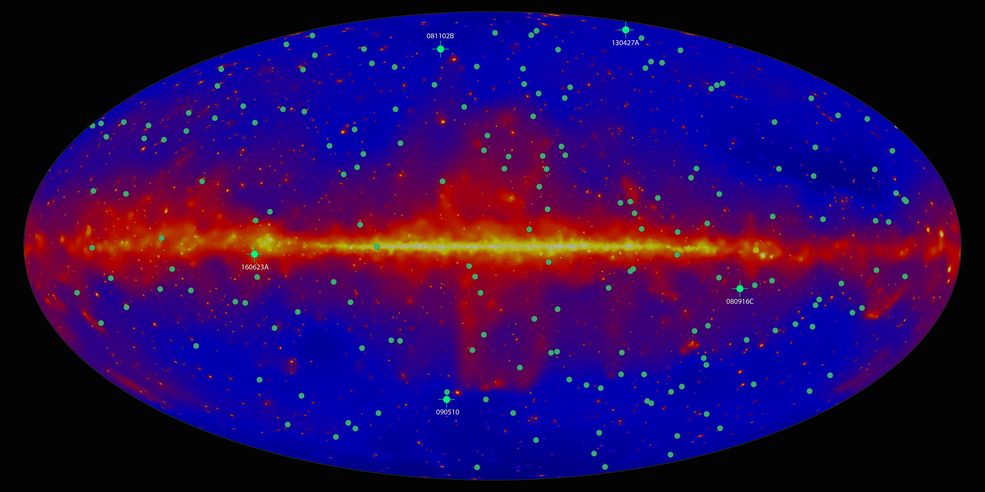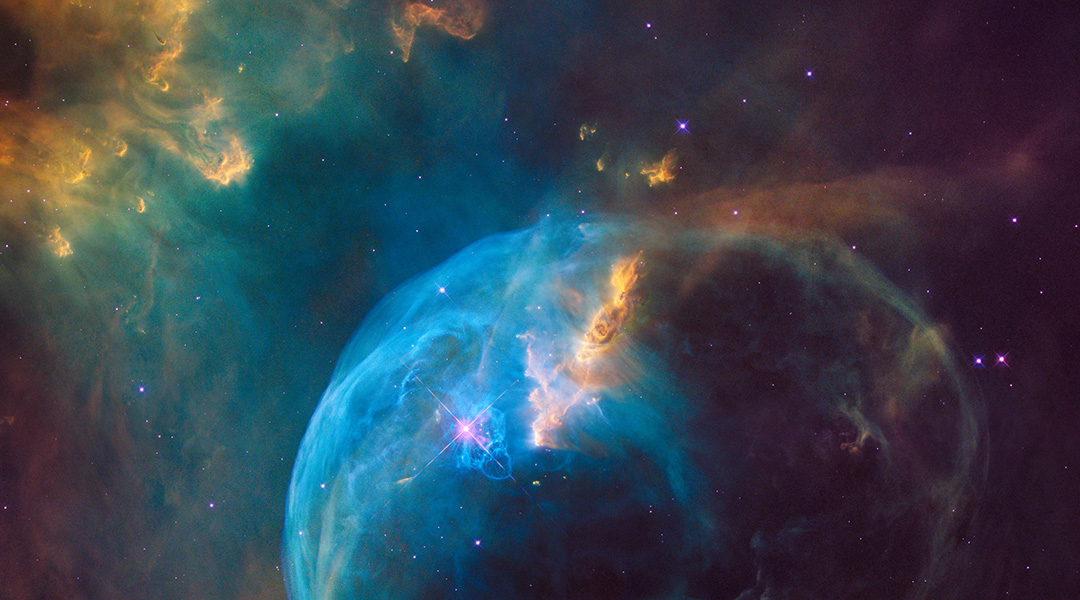The big bang theory is based on two assumptions: the first is centered around Einstein’s general theory of relativity, which accurately describes gravity and the interactions of matter; and the second, also known as the cosmological principle, asserts that the universe is homogeneous and isotropic on a large enough scale, meaning that the same observational evidence is available to observers looking in any direction at different locations.
These two assumptions make it possible to calculate the history of the cosmos. “Using the cosmological principle and additional observational data, such as redshifts, it follows that there was a beginning (the Big Bang), and hence the age of the universe must be finite,” says Attila Mészáros, astronomer at the Astronomical Institute of Charles University, conducting research mainly in the cosmology.
Studies of large-scale structure in the universe and analysis of the microwave background radiation have helped to confirm this assumption. However, there are flaws and doubters of this theory.
There are several classical observational tests based on statistics to verify the fulfillment of the cosmological principle. However, these tests are strongly biased by absorption at the galactical plane—this refers to the absorption (or “extinction”) of starlight by dust and gas in the space between stars, which is strongly concentrated towards the plane of our galaxy.
“Previously, cosmological objects, such as galaxies or quasars, were used as probes for the cosmological principle. However, recent studies incorporating gamma-ray bursts have yielded some interesting new results,” says Mészáros.
The observable part of the universe is calculated to be ≈10–20 gigaparsecs (where one gigaparsec is about 3.26 billion light-years) and should be finite. According to the cosmological principle, there should exist a spatial distribution of matter if the universe is homogeneous, and therefore, a spatial averaging should exist.
Since we know from observation that structures exist within the universe on the megaparsec scale, the largest known object should hypothetically be somewhere around tens or hundreds of megaparsecs. Logically, the largest structure could not lie in the realm of gigaparsecs because then the averaging would be on the scale of the universe itself.
In a recent study published in Astronomical Notes, Mészáros set out to dispute the cosmological principle based on data collected from gamma-ray bursts—extremely energetic explosions of gamma-ray light which occur when a star’s core collapses. “The cosmological principle requires an averaging, yet statistical analyses of the spatial distribution of gamma-ray bursts suggest structures on the gigaparsec scale, which is in contradiction with this statement,” says Mészáros. “The answer is quite simple: this averaging is not possible on that large of a scale.
“Gamma-ray bursts should be distributed isotropically across the sky, [just] as any other cosmological object. For these tests, gamma-ray bursts are especially useful because they are seen in the gamma band and in the galactic plane too, and thus there is no observational bias,” he added.

The survey collected articles which had observed gamma ray bursts of structures with sizes of gigaparsecs, which does not support the averaging put forth by the cosmological principle. “These results are at a strong contradiction with the cosmological principle, which requires a transition scale of homogeneity below the gigaparsec scale,” says Mészáros.
He also adds that while the implications of this study are indeed intriguing, these conclusions must be handled with care as their statistical data set is still small. “Even still, I see some problems with the cosmological principle, at least according to Peebles’ definition. Any deeper conclusion (i.e., the whole of today’s cosmology is wrong) is premature, and I cannot make such a strong proclamation.”

















